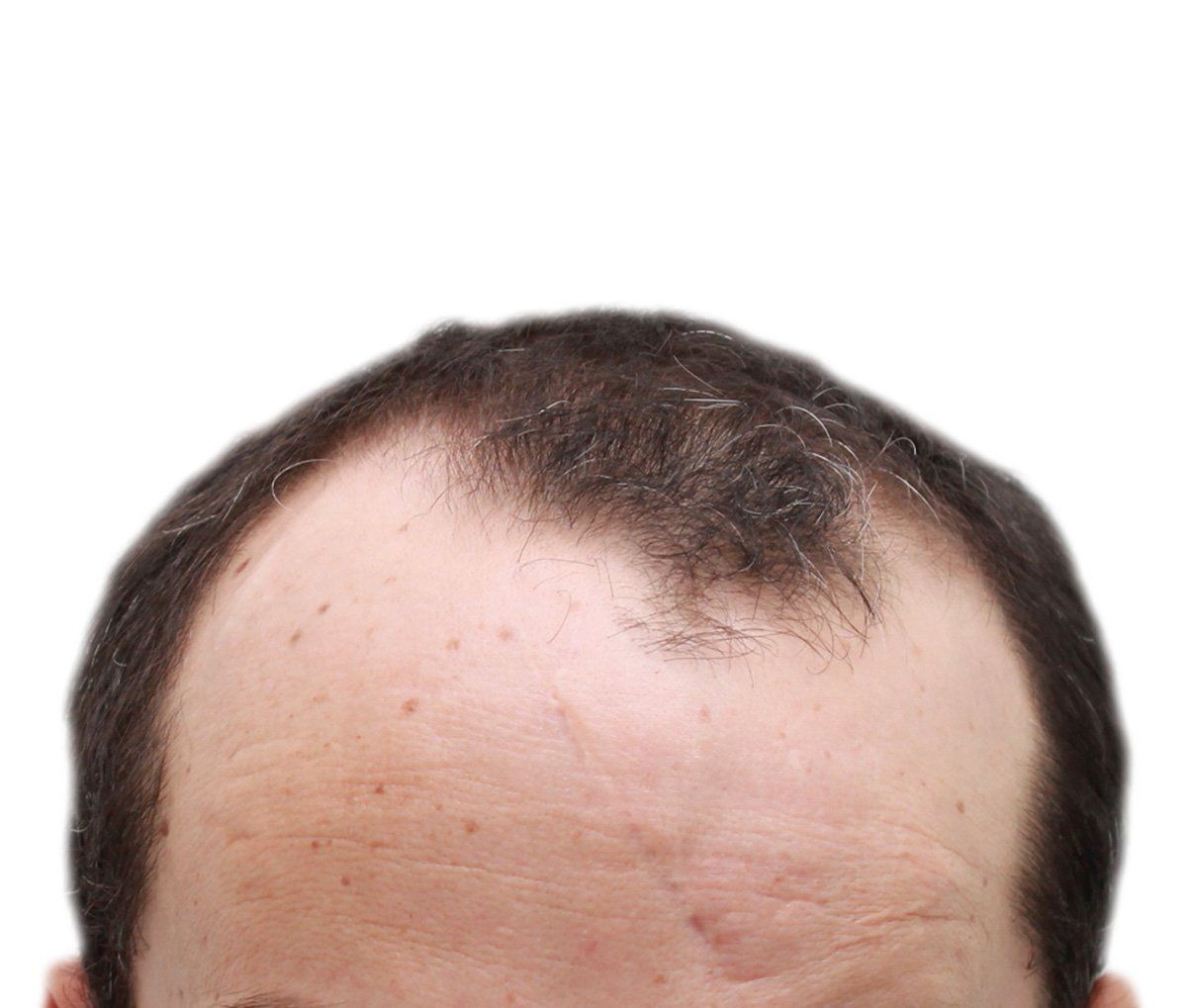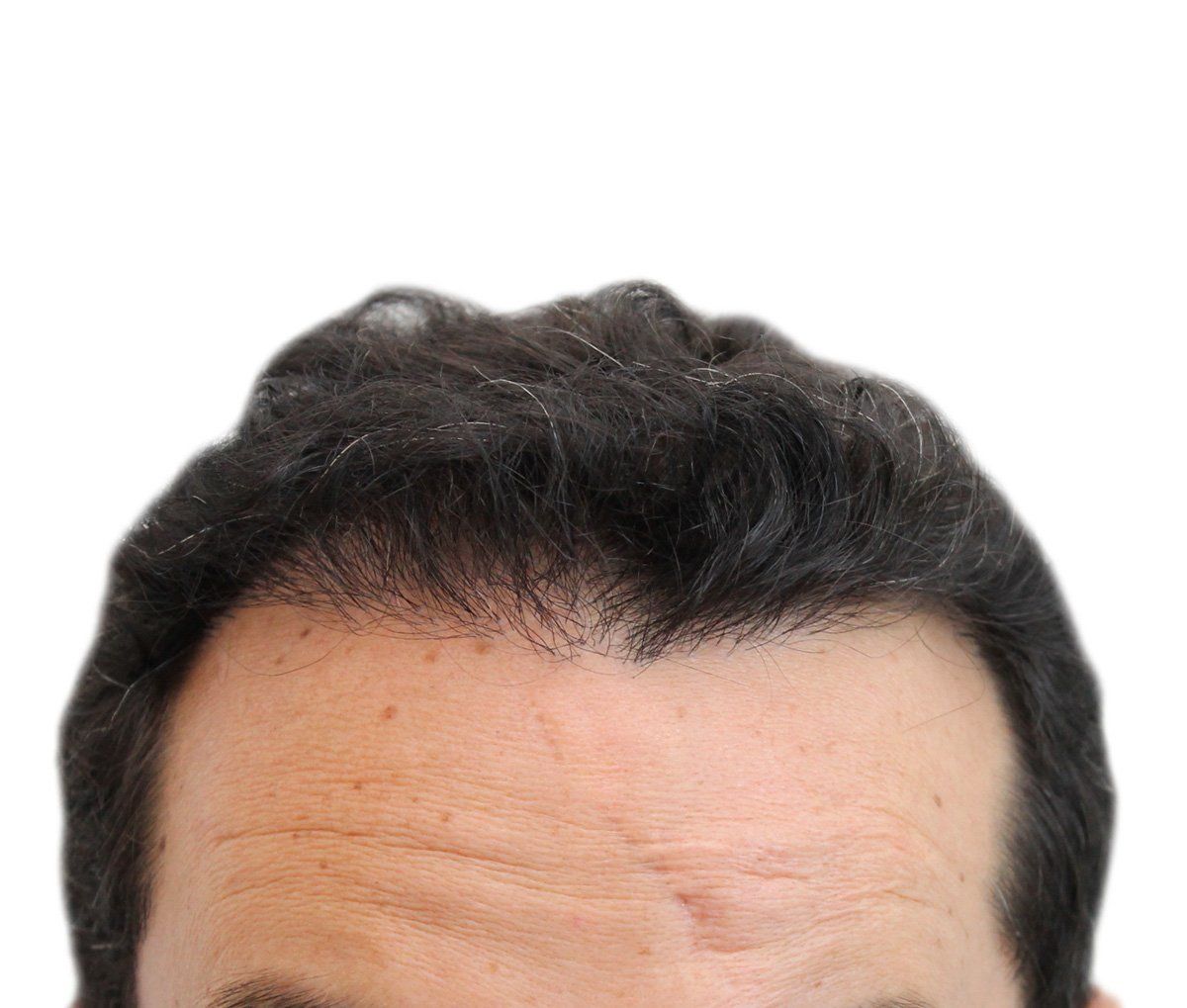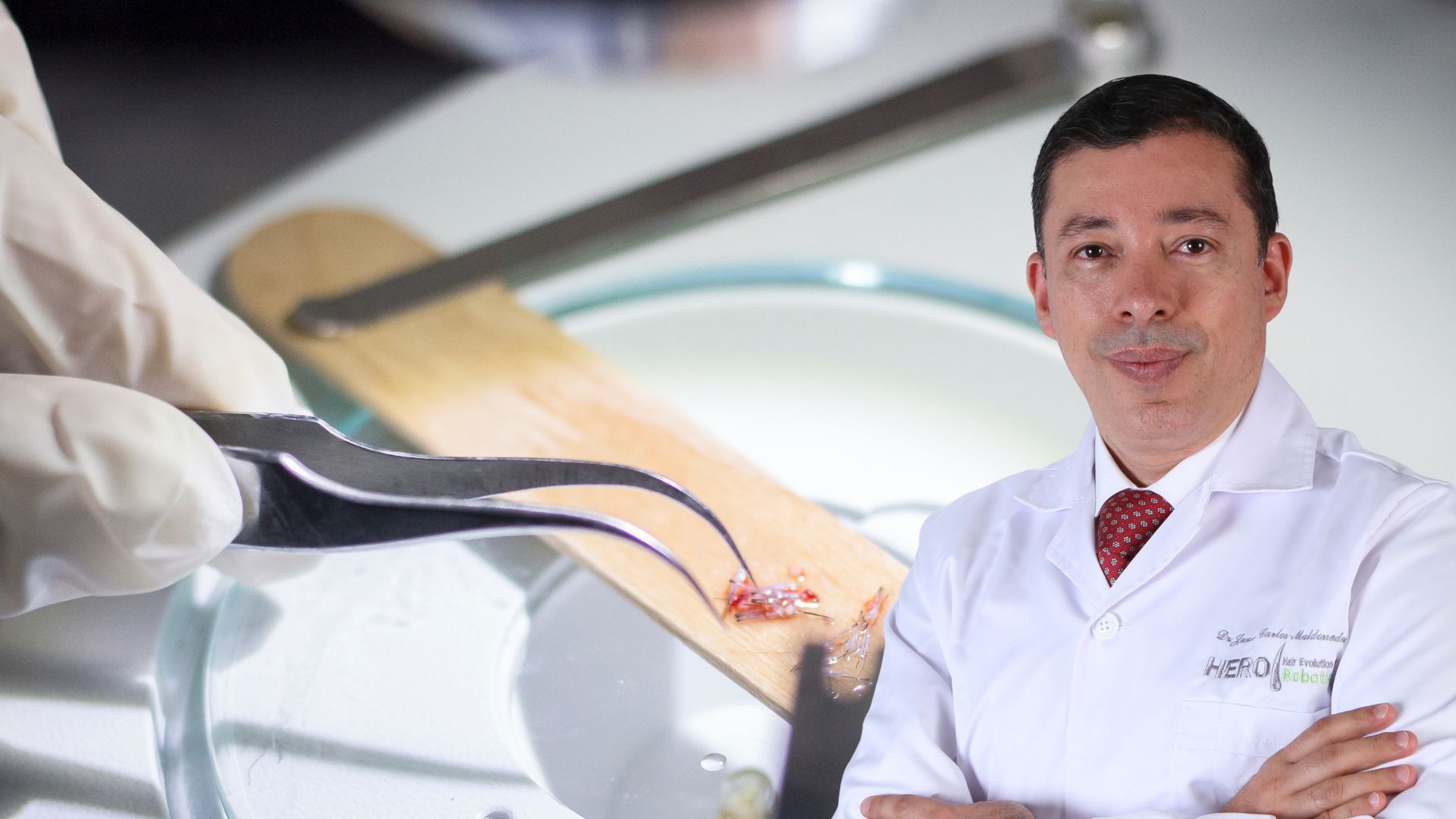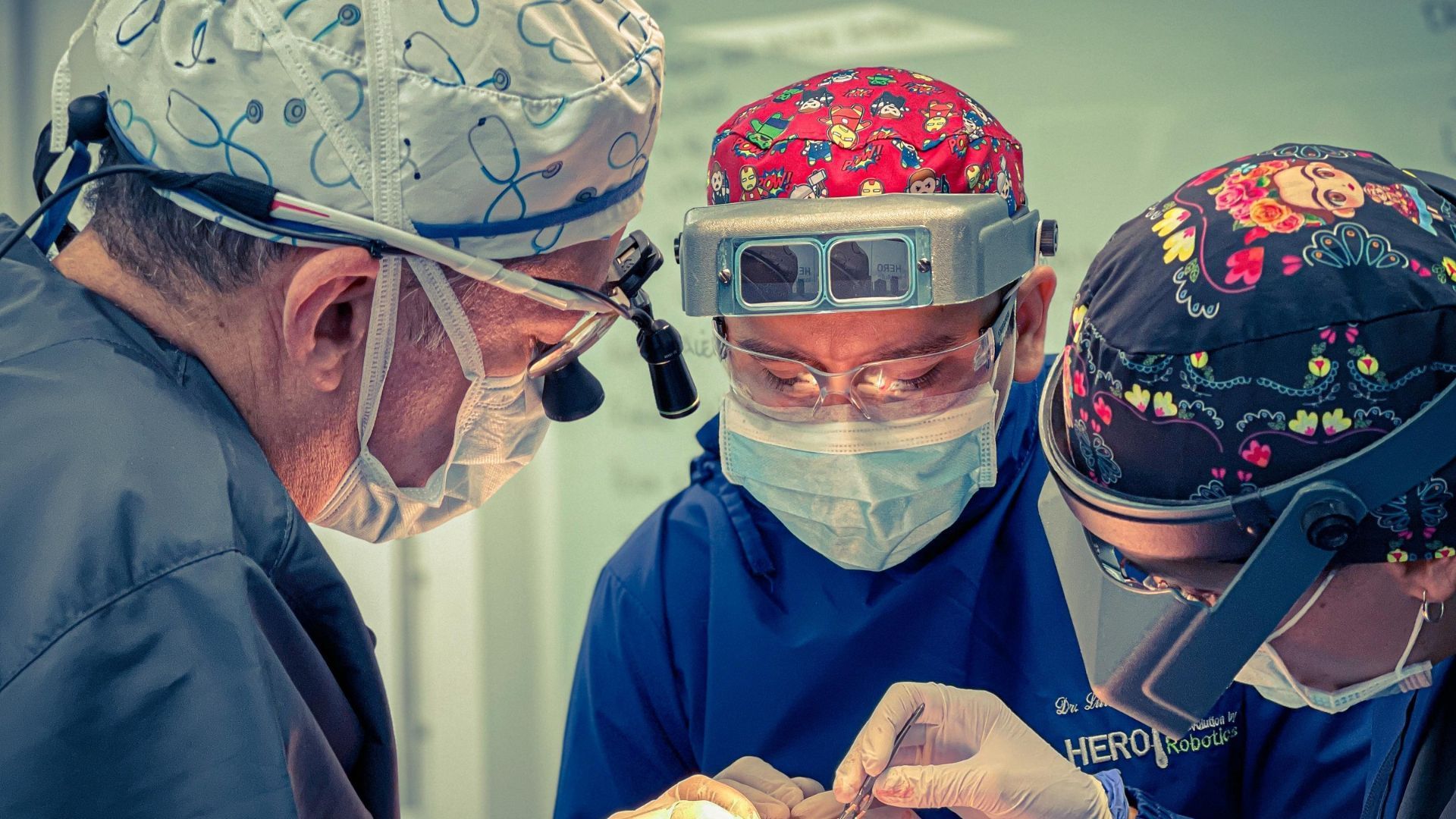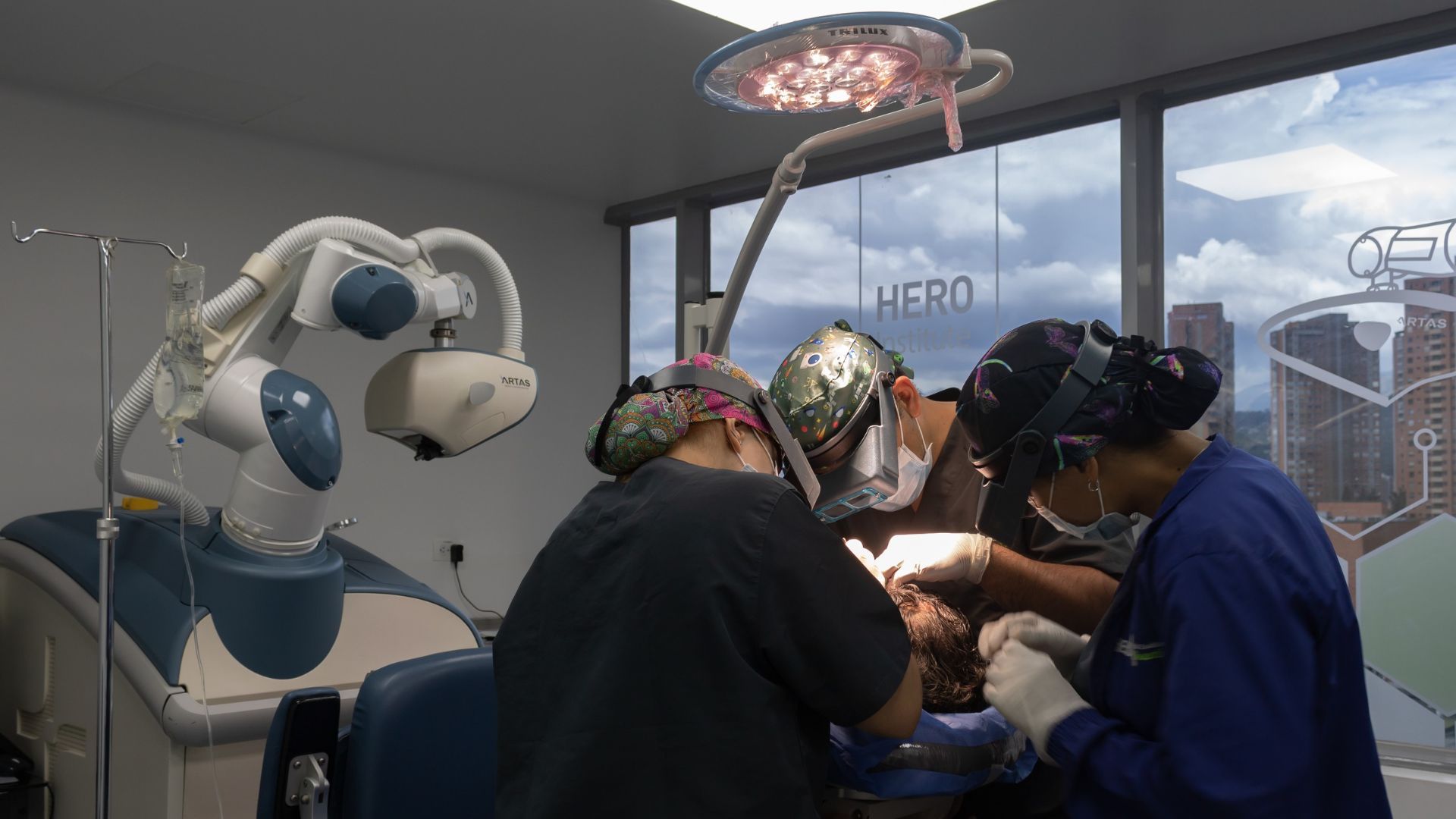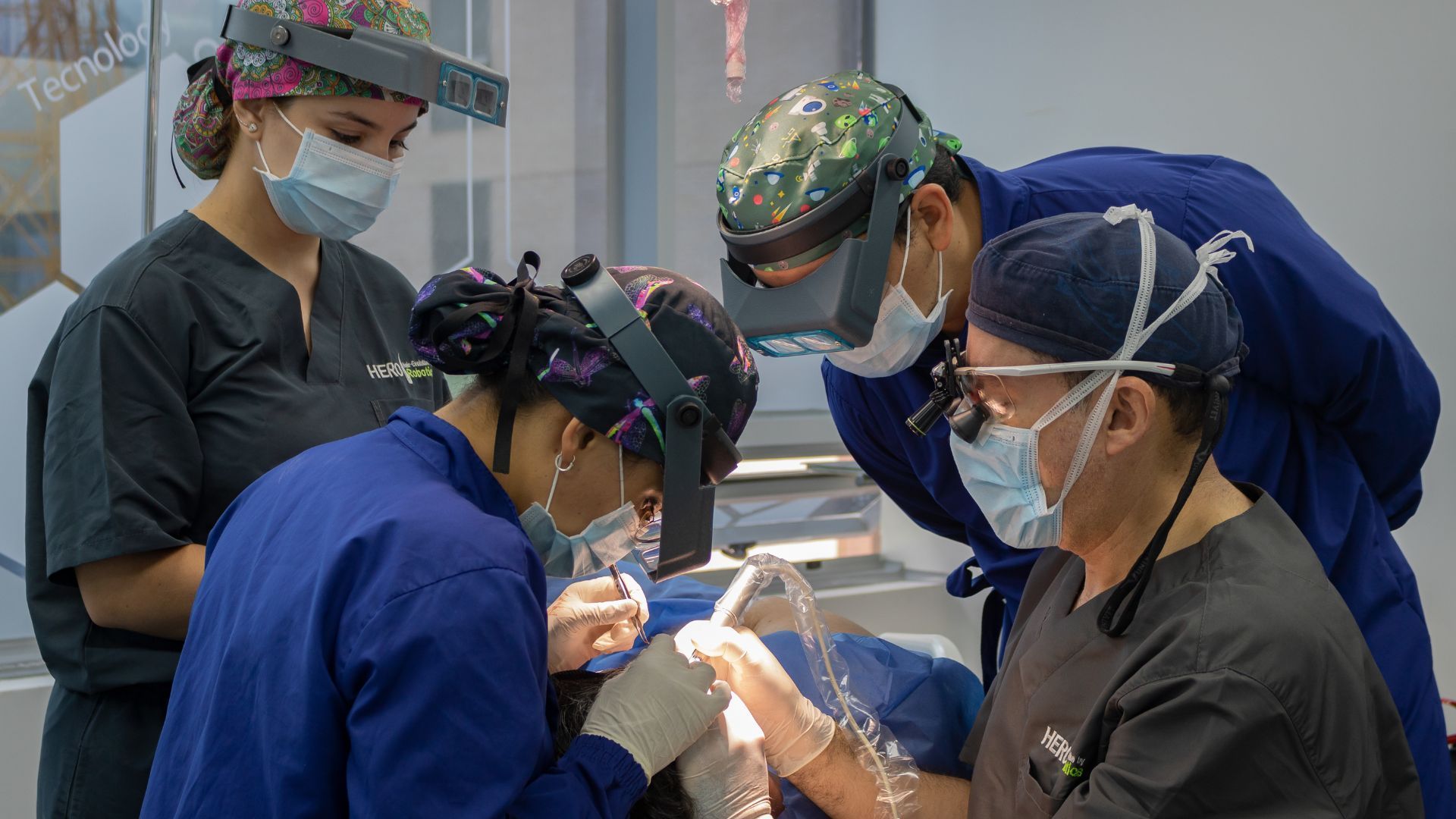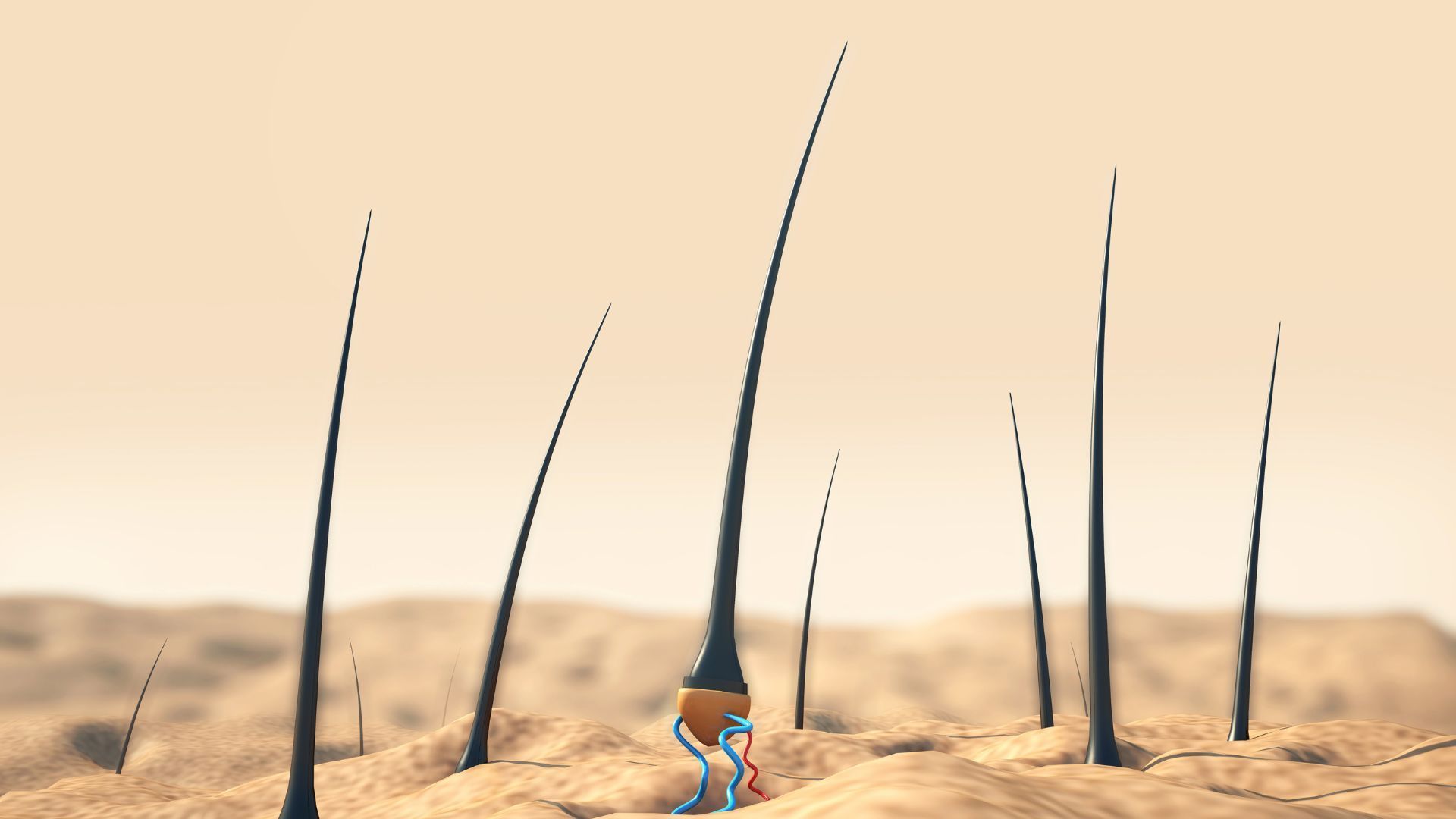Hairline Lowering Surgery Guide
The Story Behind a Lower Hairline
Stand in front of the mirror, push your hair back, and picture the border where skin meets strands sitting just a touch lower. That single line is a frame: it shapes first impressions, photographs, and even the way you feel when you catch your reflection in a shop window.
At HERO Institute, we meet people every week who carry the same quiet wish: “I want my hairline back where it used to be.” Some lost ground to genetics, others to time, a few to styling habits that punished the follicles. Hairline lowering surgery (or forehead reduction, or simply a hairline transplant) offers a way to redraw that line with your own living hair.
This guide unpacks what the procedure is, who benefits, what the day of surgery looks like, and how life unfolds afterward. We’ll keep it friendly, detailed, and grounded in real-world experience. No jargon, no sweeping promises, just the facts told like a story you can follow.
Why the Hairline Slips, and Why It Matters
Hair isn’t just decoration; it’s a boundary between face and scalp that cues proportion. When the border moves upward:
- Facial balance shifts. A larger forehead can throw off symmetry, making eyes and cheeks appear lower or smaller.
- Styling becomes limited. Bangs or strategic parts may cover the area, but wind or water reveal the truth.
- Self-talk changes. Many people report a subtle but steady drop in confidence, especially when lighting is harsh or cameras zoom in.
Lowering that border can reset these signals, giving you back a frame that feels “right” when you see yourself.
Two Roads to the Same Goal
Hairline lowering is an umbrella term for two very different paths:
- Scalp Advancement (Forehead Reduction Surgery). A plastic surgeon removes a strip of forehead skin, then brings the hair-bearing scalp forward and stitches it at the new position.
- Follicular Unit Transplantation (FUE or FUT focused on the frontal zone). Healthy follicles are taken from dense donor areas (usually the back of the head) and replanted along the new hairline.
Both aim for the same visual outcome: a lower, natural-looking border. Yet the journey, risks, and recovery differ greatly.
Path 1: Scalp Advancement
Think of this as moving a curtain rod lower on the wall. The surgeon makes an incision from temple to temple, lifts the scalp forward, removes extra skin, and secures everything with stitches or surgical clips. The forehead looks shorter the moment the drapes close.
Pros
- Immediate reduction in forehead height (often 1.5–2.5 cm).
- Suitable for patients with good scalp laxity. Meaning the skin can stretch without tension.
Cons
- A permanent scar runs along the hairline. In many cases it heals thin, but it is always there.
- Longer downtime: swelling, tightness, and numbness can linger for weeks.
If hair density behind the scar is low, the line can still reveal itself.
Path 2: Hairline Transplant (FUE-Focused)
Picture gardeners moving healthy saplings to the front row of a hedge. Using a tiny punch tool, the surgeon extracts follicular units (groups of one to four hairs) from donor zones. Each unit is then seated into micro-slits along the planned line, mimicking natural patterns.
Pros
- No large incision: donor sites show only pin-prick marks that fade quickly.
- Scar at the front? None, because we’re adding, not cutting.
- Density, direction, and softness look authentic because each follicle is placed with intent.
- Ideal for patients worried about scarring or who lack scalp laxity.
Cons
- Results grow in slowly. New hair usually starts sprouting at three months, with full coverage by 12–15 months.
- The surgeon must harvest enough grafts without over-thinning the donor zone, meaning artistry and planning matter.
- Not suited to those who require a very large reduction in a single day; big moves might need multiple sessions.
Who Makes a Strong Candidate?
Most healthy adults between 25 and 65 fall into one of three groups:
- Receding Pattern (Genetic). The “M” shape creeps backward, yet donor hair at the crown remains solid.
- Naturally High Forehead (Since Youth). No thinning elsewhere, just a hairline that started high.
- Gender-Affirming Goals. Trans women seeking a softer, lower frame to harmonize features.
Key health checkpoints:
- No active scalp infections or chronic skin disease.
- Stable thyroid and hormone levels.
- Non-smoker (or willing to pause tobacco for several weeks).
- Realistic expectations—understanding that artful surgery creates improvement, not Photoshop.
Planning Day: Where Design Meets Math
Lowering a hairline is part geometry, part aesthetics, part personal history. During your consult, the surgeon:
- Maps landmarks. Pupils, eyebrows, nasal root, and ears guide proportion.
- Finds donor reserves. Density counts are done with a digital scope so we know how many grafts can be lifted safely.
- Sketches the outline. Curve, peaks, and transition zones from single-hair rows to thicker groups are penciled on your scalp like a preview.
- Talks lifestyle. Do you wear your hair up? Play contact sports? Need to be camera-ready soon? The plan bends to fit your calendar.

Surgery Day: A Play-by-Play
Arrival
You check into our Bogotá or Medellín facility early. A calm lounge, tea or water, short paperwork, no hospital vibe.
Prep
Scalp is trimmed short in donor zones, washed, and numbed with local anesthesia. You stay awake, listening to music or chatting with the team.
Harvest
A micro-punch (typically 0.8–1.0 mm) lifts follicles one by one. They rest in a chilled solution while harvesting continues.
Site creation
The surgeon uses a fine blade or needle to make thousands of tiny channels along the marked line. Angle, depth, and spacing copy nature.
Placement
Technicians hand each graft to the surgeon, who sets it into the channel. Single-hair units go in front for softness; doubles and triples follow for density.
Wrap-up
A light bandage protects the donor area. The recipient zone stays open to air, no hat yet. Total chair time: 4–7 hours, depending on graft count.
First Week at Home
- Day 1–2: Spray saline on the grafts every hour or as instructed. Sleep semi-upright to reduce swelling.
- Day 3–4: Gentle shampoo allowed; fingertips only, no nails.
- Day 5–7: Scabs start to lift. Mild itching means healing.
- Day 8+: Most look work-ready, though redness can linger if you have fair skin.
Pain is usually minimal, controlled with standard pain relief tablets. The donor site feels like a mild sunburn for a few days.
The Shedding Phase (Don’t Panic)
Around weeks 2–4, transplanted hairs fall. Clients often text us worried the surgery “failed.” This shed is normal. Follicles enter a rest phase under the skin, then wake up around month 3. From there, growth is steady. About one centimeter per month, matching the rest of your scalp.
Long-Term Results and Expectations
By month 6 you see a visible border. At one year the line looks set; at 18 months, density peaks. Because follicles come from the back of your head (an area resistant to hormone-driven loss) they tend to stay put for decades.
Some clients choose a second, smaller session to boost density or adjust shape. Others pair the transplant with platelet-rich plasma sessions to nourish growth, though evidence is mixed and we discuss it case by case.
Comparing Cost and Value
Prices vary worldwide, yet three factors drive the quote:
- Skill and reputation of the center. A surgical artist invests years of training; fees reflect that craft.
- Graft count. More grafts mean more chair time, larger staff, and higher lab supply usage.
- Location perks. Many international patients choose Colombia or Panama for favorable currency exchange and vacation vibes. They recover in a boutique hotel, mixing rest with gentle sightseeing once cleared.
View the expense as a one-time investment spread over a lifetime of selfies, meetings, and casual glances in the mirror, often cheaper than years of topical products that never move the line.
Ready to start the conversation?
Book a consultation with HERO Institute’s team in Bogotá or Panamá City. We listen first, measure twice, and craft a roadmap that feels unmistakably you.
Lowering your hairline isn’t vanity. It’s about alignment, the outer picture matching the inner self-story. Every morning, you brush your teeth, wash your face, and look up. That moment can lift you or nag at you.
HERO Institute exists for the lift. Our surgeons blend science with listening, shaping plans that fit real lives and real budgets. Whether you travel from across town or across an ocean, you join a community that supports one another through the journey, sharing selfies at month 3, cheering at month 12, swapping styling tips at month 18.
If your mirror keeps showing more forehead than you feel belongs there, maybe it’s time for a different frame. Let’s talk, sketch options, crunch numbers, and plan a day when the border moves back to where your story says it should sit.
Because confidence isn’t loud; it’s quiet, steady, and shows up every time you meet your own eyes. A lower hairline can help put that certainty right where you need it, front and center.
Medically reviewed by
Juan Carlos Maldonado
Medical Director

We can help!
If you’re experiencing hair loss and looking for a hair restoration solution that’s right for you—congratulations! You’ve come to the right place. HERO Hair Institute is the best hair restoration clinic in Colombia, providing proven permanent hair transplant techniques and non-surgical hair loss solutions.
With over 20 years of experience, HERO Hair Institute offers you the best quality procedures in a safe, relaxed and comfortable environment. Thousands of men and women have come to HERO Hair Institute for the answers to their hair loss and hair restoration questions.
